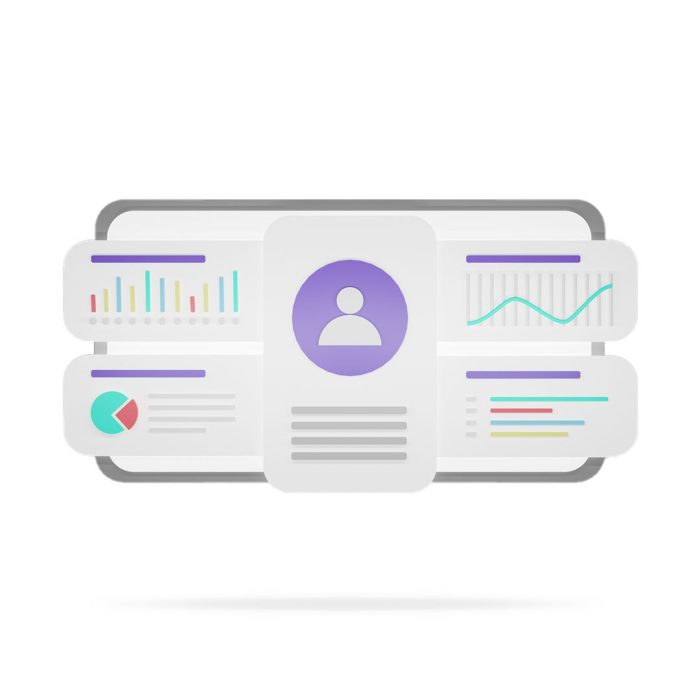Introduction
In today’s digital age, data is the new oil. Companies harnessing data’s power can make informed decisions that drive revenue growth, customer satisfaction, and brand loyalty. Data-driven marketing is a strategy that utilizes customer data to create personalized and targeted marketing campaigns. This article will explore data-driven marketing, recent examples of successful campaigns, and practical ways to implement a data-driven consumer marketing strategy.
What is data-driven marketing?

Data-driven marketing collects and analyses customer data to create targeted and personalized marketing campaigns. The goal is to deliver the right message to the right person at the right time through the right channel. Examples of data-driven marketing campaigns include personalized email marketing, retargeting ads, and dynamic product recommendations.
Recent examples of data-driven marketing
One recent example of data-driven marketing is the collaboration between Nike and Netflix to promote the series called “Stranger Things.” Nike used customer data to create personalized sneakers that featured different elements from the show, including the colours and logos. They also created an interactive quiz that allowed customers to discover which character they mostly liked from the show and recommended sneakers based on the results.
Another example is the personalized nutrition program developed by Habit, a startup that Viome acquired. The program analyzes customer data, including DNA, blood, and metabolic tests, to create personalized nutrition plans that address their unique health goals and challenges.
Practical Ways to Implement a data-driven consumer marketing strategy

Collect and Analyze Customer Data: Start by collecting and analyzing customer data through various sources, such as website analytics, social media, customer feedback, surveys, and purchase history. Use this data to identify patterns and trends in customer behaviour and preferences.
Define Your Target Audience: Use the insights gained from customer data analysis to define your target audience. Create buyer personas representing your ideal customers and their unique characteristics, behaviours, and pain points.
Personalize Your Marketing Campaigns: Use customer data to personalize your marketing campaigns. This can include personalized email marketing, product recommendations, retargeting ads, and social media targeting.
Test and Optimize: Use A/B testing to test different marketing campaigns and messaging to determine what resonates best with your target audience. Continuously optimize your campaigns based on customer data and feedback.
Use Artificial Intelligence and Machine Learning: Implement artificial intelligence and machine learning to automate and personalize your marketing campaigns. These technologies can analyze large amounts of customer data to create personalized experiences at scale.
Conclusion:
Implementing a data-driven consumer marketing strategy can help businesses create personalized and targeted marketing campaigns that drive revenue growth and customer satisfaction. By collecting and analyzing customer data, defining target audiences, personalizing marketing campaigns, testing and optimizing, and using AI and machine learning, businesses can stay ahead of the competition and deliver exceptional customer experiences. Remember, data-driven marketing is an ongoing process that requires continuous analysis, optimization, and innovation.











